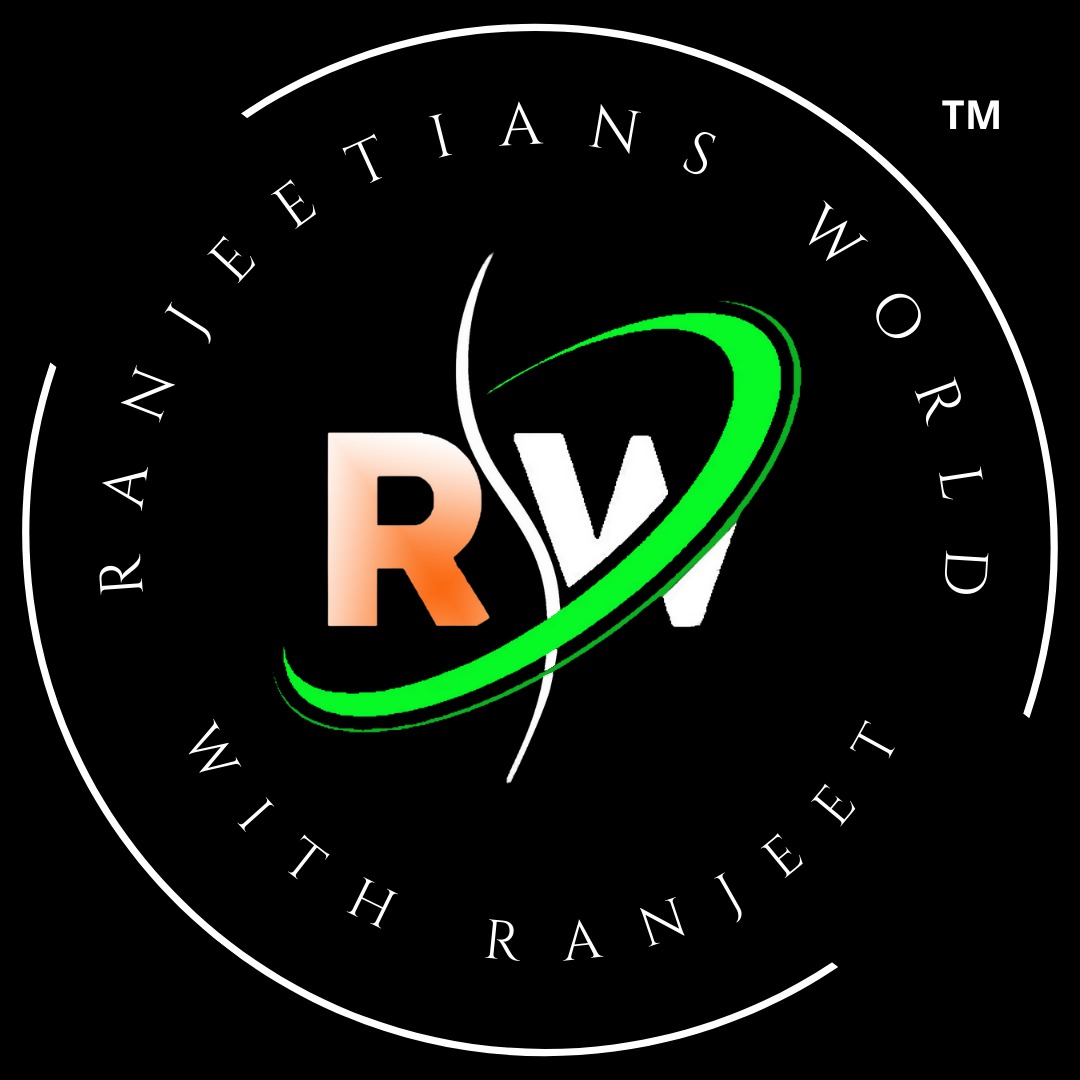Human Reproduction’s Biological Mechanisms:
Sperm:

A sperm is the male “gamete” or sex cell which helps in sexual reproduction.
Ovum:

The egg cell, or ovum is the female reproductive cell, or gamete, in most anisogamous organisms.
Fertilization:

It is the process of fertilizing an egg or a female animal or plant, involving the fusion of male and female gametes to form a zygote.
Zygote:
Zygote, a fertilized ovum, is a eukaryotic cell formed by a fertilization event between two gametes.
Embryo:
An embryo is the early stage of development of a multicellular organismorganism or is an unborn or unhatched offspring in the process of development, in particular a human offspring during the period from approximately the second to the eighth week after fertilization.
Twins Birth:
Two or more than two children or animals born at the same birth.
Monozygotic:
Identical twins are also known as monozygotic twins as they result from the fertilization of a single egg that splits in two having single placenta for both.
Dizygotic:
Twins results from the fertilization of two separate eggs during the same pregnancy having two different Placenta for eacheach (Non-Identical Twins).
Placenta:
The placenta is an organ that develops in uterus during pregnancy which provides oxygen and nutrients to your growing baby and removes waste products from your baby’s blood.
Reproductive/Sex Glands:
A gonad, sex gland, or reproductive gland is a mixed gland that produces the gametes (sex cells) and sex hormones of an organism. In the female of the species the reproductive cells are the egg cells, and in the male the reproductive cells are the sperm.
Testosterone:
A steroid hormone that stimulates development of male secondary sexual characteristics, produced mainly in the testes, but also in the ovaries and adrenal cortex.
Progesterone:
A steroid hormone released by the corpus luteum that stimulates the uterus to prepare for pregnancy.







